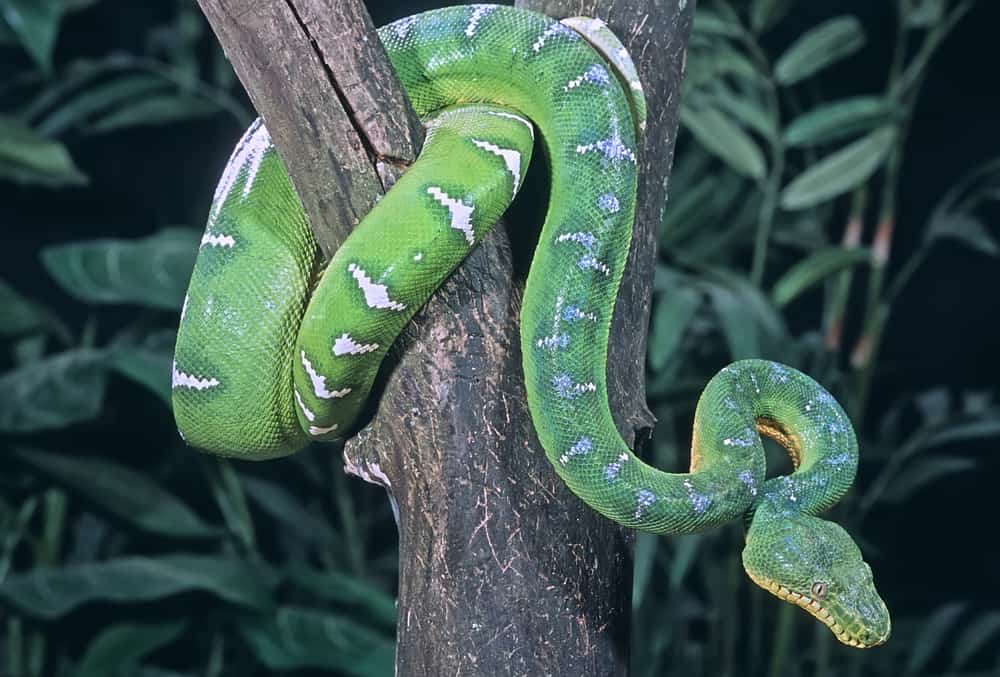The natural world has always fascinated humanity with its remarkable adaptations and mesmerizing behaviors. Among these wonders is a distinctive locomotion pattern found in certain snake species—the figure-eight movement. This perfect mathematical pattern isn’t merely coincidental but represents a specialized adaptation developed over millions of years of evolution. While no snake exclusively moves in this pattern continuously, several species employ this distinctive locomotion technique when circumstances demand it. The figure-eight pattern combines efficiency, stability, and tactical advantage, making it one of nature’s most elegant solutions to the challenges of limbless movement across varied terrains.
The Science Behind Serpentine Locomotion

Snake movement represents one of nature’s most fascinating biomechanical achievements, involving complex muscle coordination that allows these limbless creatures to navigate diverse environments efficiently. Unlike other vertebrates that rely on limbs for propulsion, snakes have evolved specialized musculoskeletal systems that enable them to push against environmental resistance points to generate forward momentum. The figure-eight pattern emerges as a specialized form of lateral undulation, the most common snake movement pattern, where the body forms S-shaped curves that travel from head to tail. This sophisticated movement involves precise neuromuscular control, with each segment of the snake’s body responding to sensory input about terrain, temperature, and potential threats, creating a fluid, continuous motion that appears almost hypnotic to observers.
Which Snake Species Display Figure-Eight Movement?
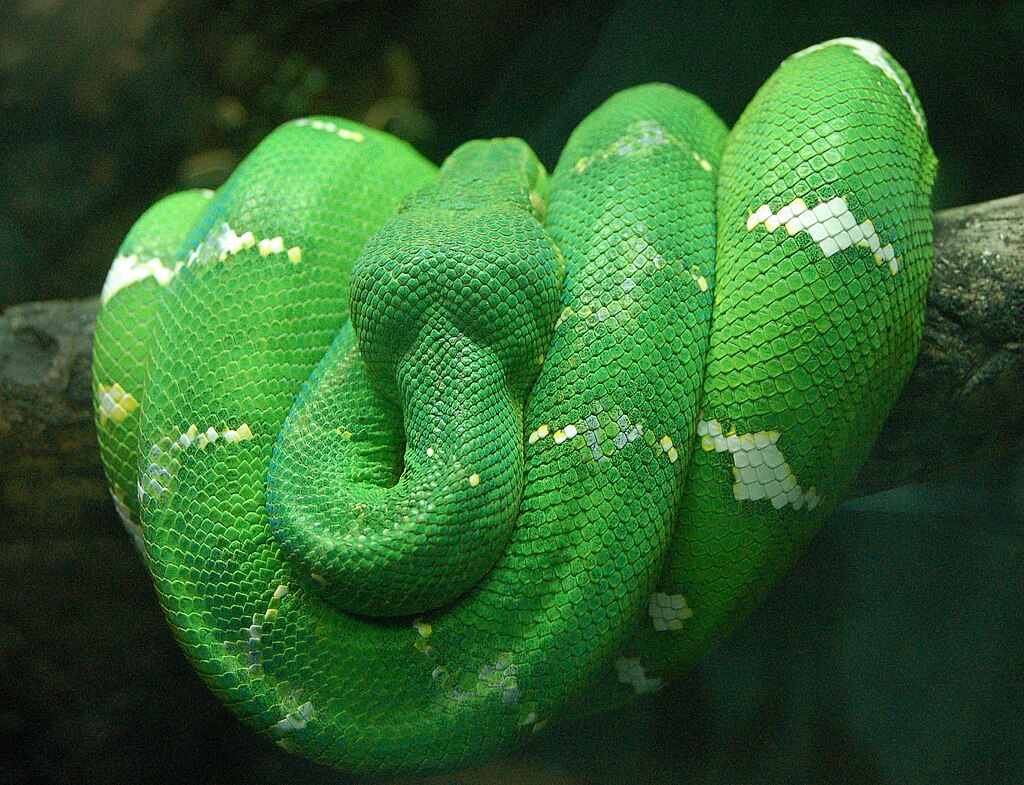
While no snake species moves exclusively in a figure-eight pattern at all times, several demonstrate this remarkable locomotion technique in specific circumstances. The black mamba (Dendroaspis polylepis), known for its speed and agility, occasionally displays figure-eight movements when traversing smooth surfaces where standard lateral undulation provides insufficient traction. Similarly, various species of tree snakes, including the emerald tree boa (Corallus caninus) and certain Asian vine snakes (Ahaetulla spp.), employ figure-eight patterns when navigating complex branch networks, allowing them to distribute weight and maintain balance while moving through three-dimensional arboreal environments. Even some aquatic species like certain sea snakes exhibit figure-eight undulations when swimming through complex coral structures, demonstrating the versatility of this movement pattern across different snake habitats and lifestyles.
The Mathematical Perfection of the Pattern
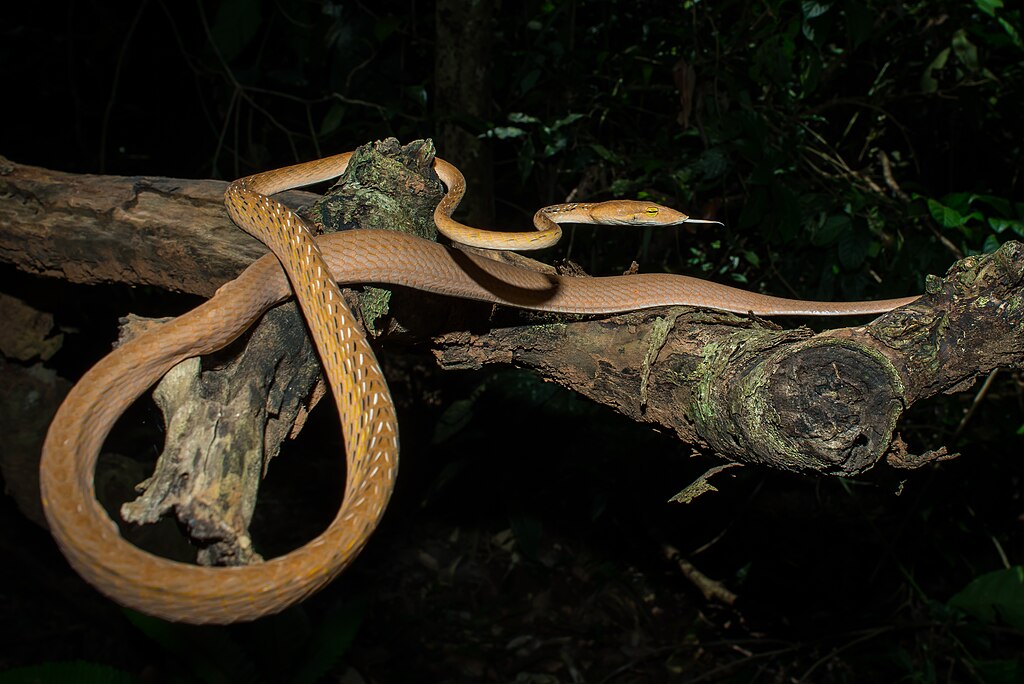
The figure-eight pattern observed in snake locomotion represents a natural manifestation of mathematical principles that engineers and physicists find remarkably efficient. This pattern creates a continuous curve that allows for optimal force distribution along the snake’s entire body, minimizing energy expenditure while maximizing forward propulsion. Biomechanical studies have revealed that this pattern approximates a mathematical lemniscate—a figure-eight curve that follows precise geometric properties and can be described using specific equations in coordinate geometry. The symmetry of the pattern ensures balanced muscle engagement on both sides of the snake’s body, preventing asymmetrical wear on muscles and maintaining the animal’s stamina during prolonged movement periods. Research using high-speed photography and motion analysis has demonstrated that the figure-eight pattern achieves near-perfect efficiency ratios in certain terrain conditions, highlighting how evolution has effectively “solved” complex physics problems through natural selection.
Evolutionary Advantages of Figure-Eight Movement
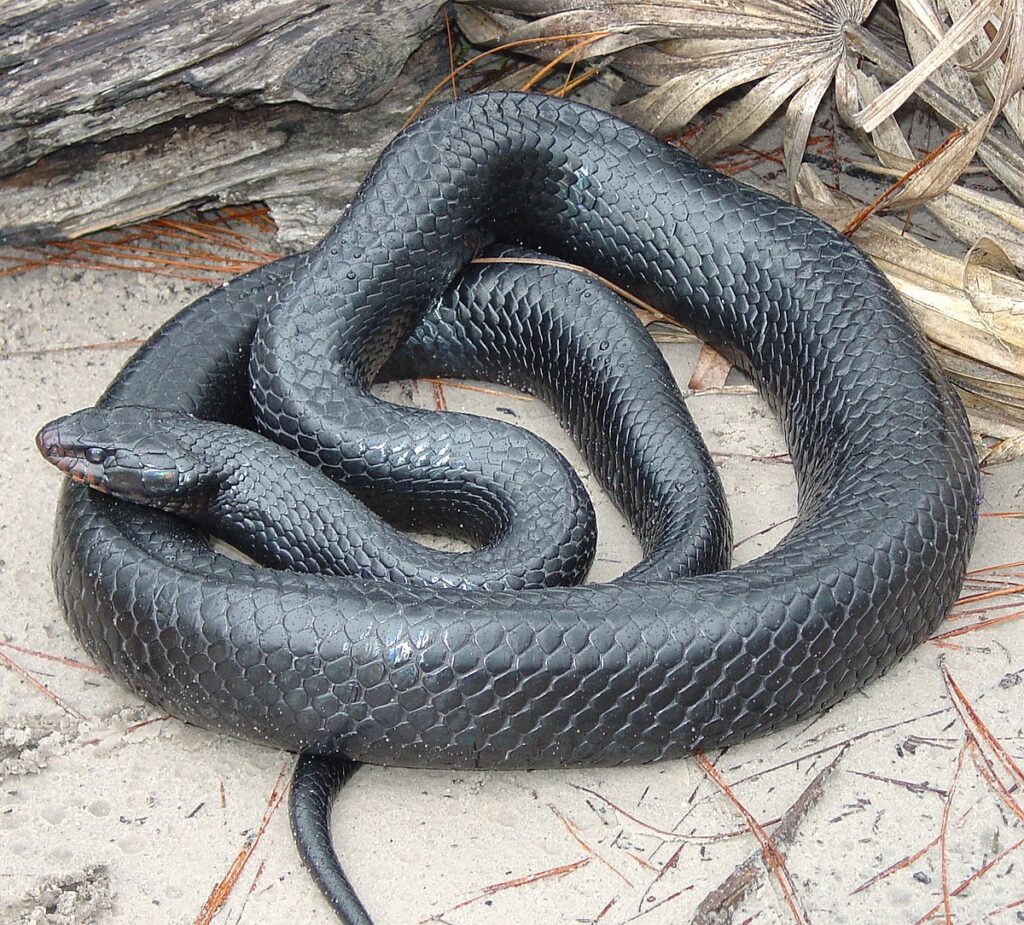
The figure-eight locomotion pattern represents millions of years of evolutionary refinement, offering several distinct survival advantages to the snakes that employ it. This movement technique provides exceptional stability by creating multiple ground contact points that distribute the snake’s weight evenly, preventing toppling on uneven surfaces or when crossing gaps between branches in arboreal environments. The pattern also enables snakes to maintain constant forward momentum while simultaneously preparing multiple body sections for the next propulsive push, creating a seamless flow of movement that conserves energy compared to stop-start locomotion styles. Perhaps most importantly, the figure-eight pattern allows for instantaneous direction changes without the need to reorient the entire body, giving snakes a critical advantage when escaping predators or pursuing prey through complex environments. Additionally, the regular alternating curves minimize the snake’s profile when viewed from above, providing a form of motion camouflage that makes it harder for aerial predators to track their movement effectively.
Figure-Eight Movement in Defensive Situations
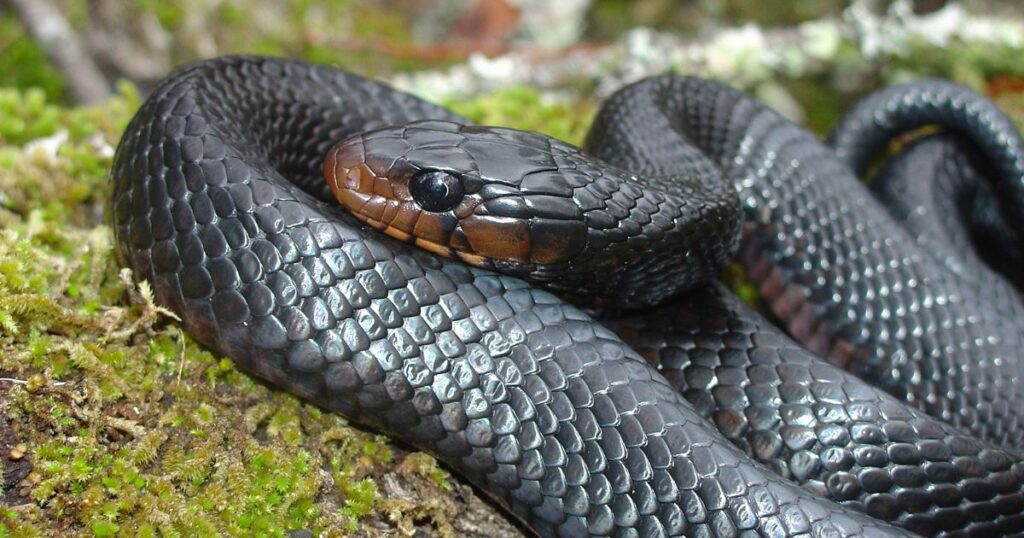
When threatened, certain snake species dramatically intensify their figure-eight locomotion patterns as part of their defensive strategy, creating a visually confusing display that can deter predators. This defensive movement often involves exaggerated amplitude in the curves, with the snake’s body forming deeper, more pronounced figure-eight shapes while maintaining or increasing movement speed. Species like the eastern indigo snake (Drymarchon couperi) have been observed using this enhanced figure-eight pattern when confronted by potential threats, effectively increasing their apparent size and creating an impression of multiple moving targets that complicates a predator’s targeting ability. The rapid, rhythmic nature of this defensive movement can also produce a mesmerizing effect that momentarily confuses predators, providing the snake with precious seconds to escape or transition to a more aggressive defensive posture. Herpetologists have noted that this defensive figure-eight pattern is often accompanied by specific muscular tension that prepares the snake for an explosive strike or rapid retreat, depending on how the confrontation develops.
Figure-Eight Locomotion in Water
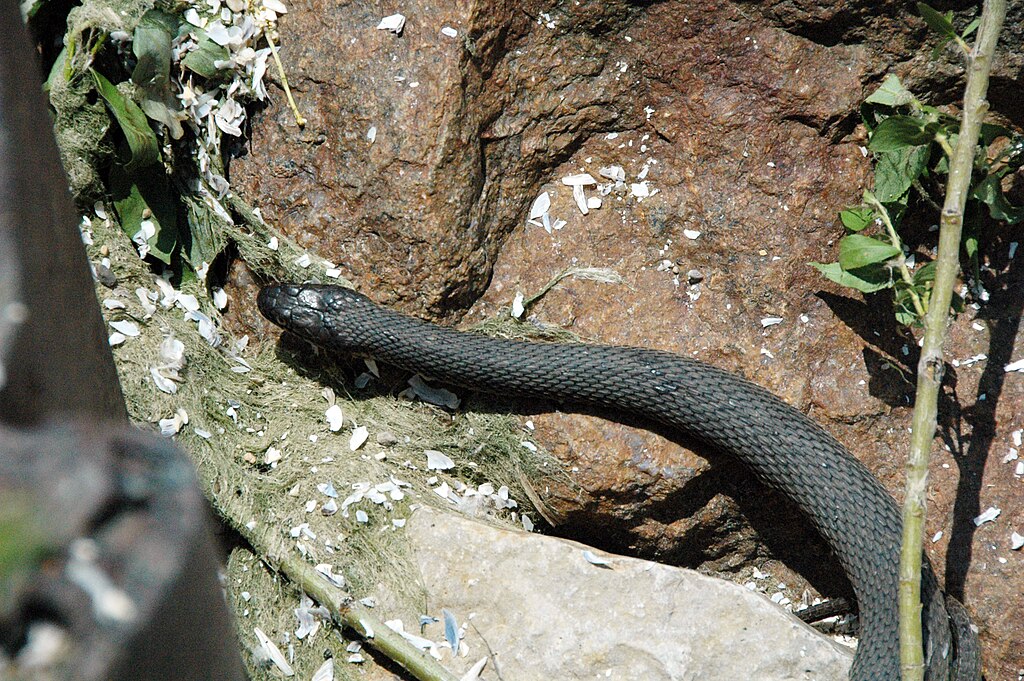
Aquatic environments present unique challenges for snake movement, yet several water-dwelling species have adapted the figure-eight locomotion pattern to achieve remarkable swimming efficiency. When swimming, species like the northern water snake (Nerodia sipedon) and various sea snake species push against water resistance using figure-eight undulations that propel them forward while maintaining directional stability in currents. The figure-eight pattern in water creates alternating zones of high and low pressure along the snake’s body, effectively generating thrust through principles similar to those used in fish locomotion but adapted for an elongated body plan. High-speed underwater filming has revealed that these aquatic figure-eight movements involve subtle modifications compared to terrestrial versions, with adjustments to the timing and amplitude of the undulations that optimize performance in the denser medium of water. Notably, some primarily terrestrial snakes that occasionally swim, such as certain rat snake species, shift from their typical terrestrial movement patterns to a more pronounced figure-eight pattern when entering water, demonstrating the versatility of snake neuromuscular systems.
Figure-Eight Movement While Hunting
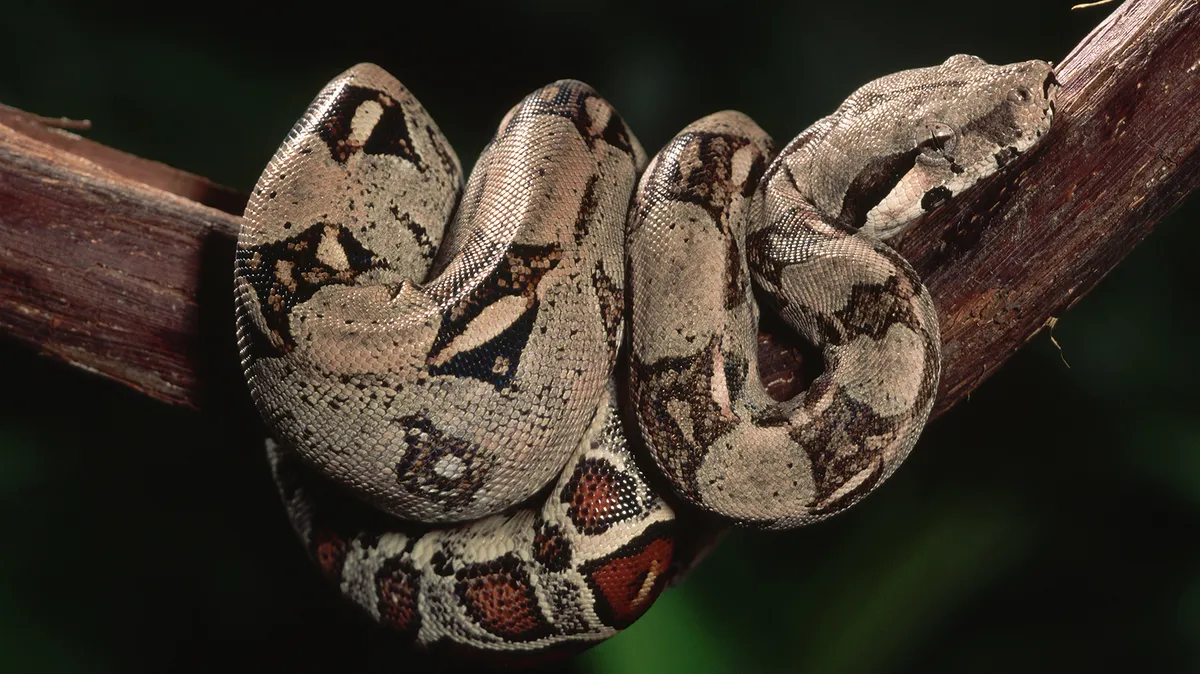
The figure-eight movement pattern takes on particular significance during hunting scenarios, where it combines stealth, efficiency, and tactical advantage. When stalking prey, snakes like the Central American boa (Boa imperator) often adopt a slow, precisely controlled figure-eight crawl that minimizes ground vibrations while allowing them to cover distance without alerting potential prey to their presence. This hunting locomotion involves shallower curves than defensive or rapid-transit movements, with the snake maintaining closer contact with the substrate to reduce its visual profile and shadow casting. The alternating curves of the figure-eight pattern also enable hunting snakes to maintain peripheral vision on both sides simultaneously, expanding their field of awareness while approaching prey from optimal strike angles. Perhaps most impressively, the figure-eight pattern allows hunting snakes to maintain portions of their body in strike-ready positions throughout the approach, enabling them to launch attacks from any point in the movement cycle without telegraphing their intentions through repositioning.
The Biomechanics of Figure-Eight Movement
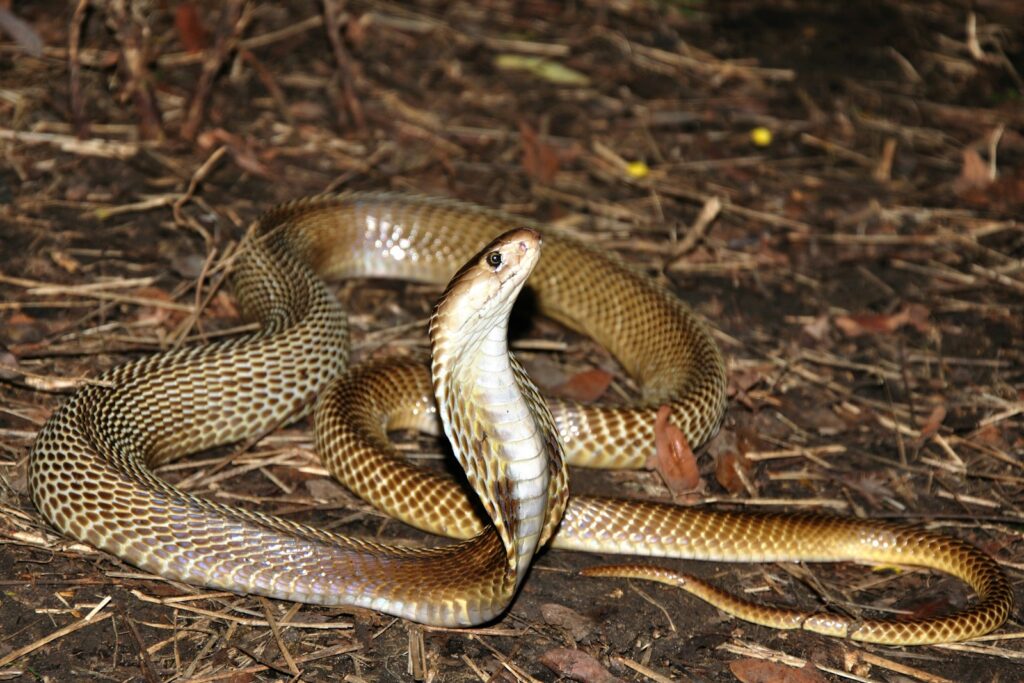
The biomechanical complexity underlying figure-eight snake locomotion has become a subject of intense scientific study, revealing sophisticated systems that operate with remarkable precision. Each figure-eight movement cycle involves coordinated contractions of specialized muscles that run along the length of the snake’s spine, with opposing muscle groups working in rhythmic alternation to create the characteristic curves. These muscles attach to the snake’s numerous vertebrae—often more than 200 in larger species—with each vertebral joint capable of movement in multiple planes, creating a biomechanical system with hundreds of degrees of freedom. Specialized connective tissues, including uniquely elastic ligaments, store and release energy during the movement cycle, improving efficiency and reducing the metabolic cost of continuous locomotion. Research using electromyography has demonstrated that the neural control systems governing these movements involve complex feedback loops between proprioceptive sensors (which detect the body’s position), environmental pressure receptors in the skin, and central pattern generators in the snake’s spinal cord that coordinate the rhythm and amplitude of the figure-eight pattern.
Environmental Factors Influencing Figure-Eight Movement
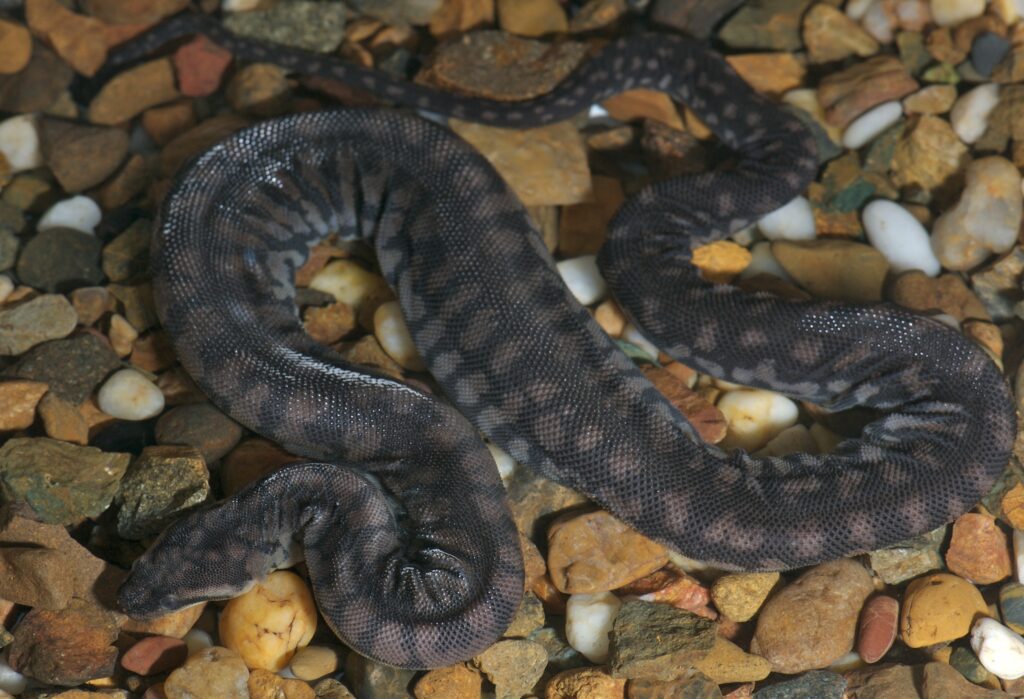
The expression of figure-eight locomotion patterns in snakes is heavily influenced by the specific environmental conditions they encounter, with several key factors determining when and how intensely this movement pattern manifests. Surface texture plays a crucial role, with smoother surfaces generally eliciting more pronounced figure-eight patterns as snakes attempt to generate sufficient friction for forward propulsion. Temperature significantly affects the precision and speed of figure-eight movements, with most species showing optimal performance within specific thermal ranges that align with their preferred activity temperatures. Spatial constraints also modify the pattern, with snakes adjusting the amplitude of their figure-eight curves when moving through narrow passages or dense vegetation, sometimes compressing the pattern laterally while maintaining its mathematical properties. Interestingly, research has shown that substrate vibration can trigger changes in figure-eight movement characteristics, with many snake species capable of instantaneously modifying their locomotion pattern in response to vibrations that might indicate approaching predators or potential prey.
The Role of Scales in Figure-Eight Movement
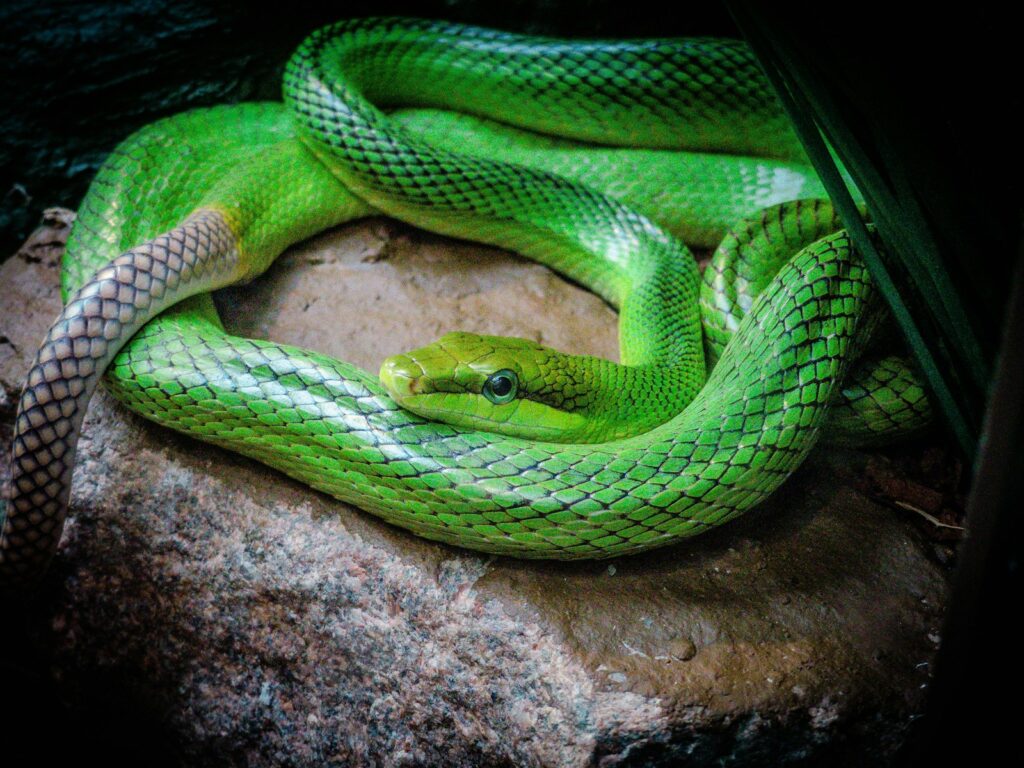
The specialized scales covering a snake’s underside, known as ventral scutes, play an integral role in executing the perfect figure-eight locomotion pattern. These broad, overlapping scales act as microscopic “feet” that grip the ground during movement, with the leading edge of each scale capable of catching on tiny surface irregularities to generate the friction necessary for forward propulsion. The arrangement of these scales is precisely aligned with the muscular systems that create the figure-eight pattern, forming a unified mechanical system that optimizes energy transfer from muscle contractions to environmental contact points. Microscopic studies have revealed that the surface of ventral scales contains minute directional microridges that enhance friction when pushed backward but reduce resistance when moving forward, creating a mechanical ratchet effect that amplifies the efficiency of figure-eight movements. Additionally, the flexible hinges between ventral scales allow them to adapt to contours in the terrain, maintaining maximum contact area throughout the complex three-dimensional curves of the figure-eight pattern regardless of surface irregularities.
Figure-Eight Movement in Arboreal Snake Species
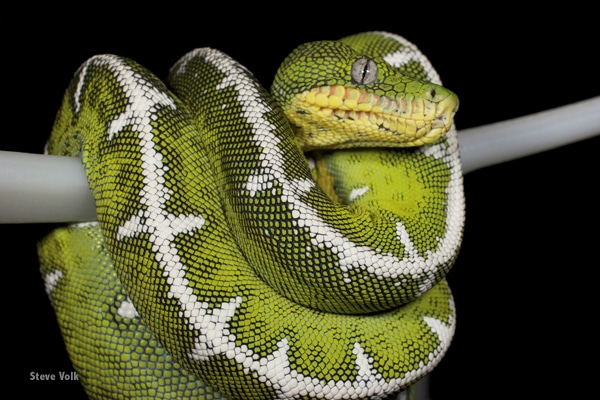
Tree-dwelling snake species have refined the figure-eight locomotion pattern to an extraordinary degree, adapting it specifically for the challenges of three-dimensional arboreal navigation. When traversing branches, arboreal specialists like the emerald tree boa (Corallus caninus) and various Asian vine snakes (Ahaetulla spp.) employ figure-eight movements that incorporate both lateral and vertical undulations, effectively creating a three-dimensional figure-eight that wraps partially around branches for security while maintaining forward momentum. This specialized arboreal figure-eight pattern involves precision control of the snake’s center of gravity, with the reptile constantly adjusting the position of each body segment to maintain balance despite shifting weight distribution during movement. The amplitude and frequency of the figure-eight pattern change dynamically as the snake encounters branches of different diameters, with narrower perches eliciting tighter, more frequent undulations that maximize contact points and reduce the risk of falling. Perhaps most impressively, arboreal specialists can transition between branches by projecting a portion of their body in a cantilevered figure-eight that reaches across gaps before establishing new anchor points, demonstrating remarkable spatial awareness and biomechanical control.
Research Applications of Snake Figure-Eight Locomotion
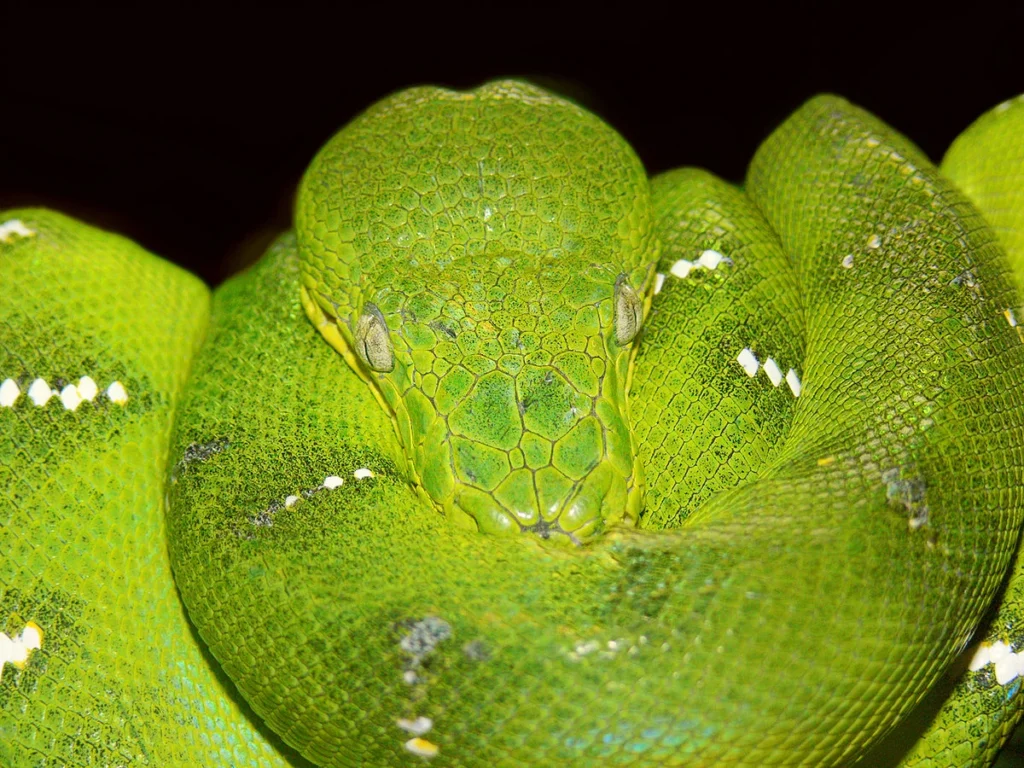
The perfect figure-eight movement pattern observed in snakes has inspired significant innovations across multiple scientific and engineering disciplines. Robotics engineers have developed snake-like robots that mimic this locomotion pattern to create machines capable of navigating confined spaces, rough terrain, or disaster zones where conventional wheeled or legged robots cannot operate effectively. Medical technology has adapted principles from figure-eight snake locomotion to design minimally invasive surgical instruments that can navigate the complex pathways of the human vascular system or digestive tract while minimizing tissue damage. Materials scientists studying the energy efficiency of snake movement have developed new composite materials with directionally variable flexibility properties that mimic the mechanical advantages of snake musculature. Additionally, computer animation and graphics specialists have analyzed the mathematical properties of figure-eight snake movements to create more realistic digital representations of serpentine creatures in films, games, and simulations, highlighting how this natural phenomenon continues to influence human technology and creative expression.
Conservation Implications for Figure-Eight Moving Snakes

Understanding the specialized locomotion patterns of snakes, including figure-eight movements, has important implications for conservation efforts aimed at protecting these often misunderstood creatures. Habitat fragmentation poses particular challenges for snake species that rely on figure-eight locomotion, as this movement pattern requires specific terrain characteristics to function efficiently—disruptions like roads, cleared fields, or artificial surfaces can significantly impair a snake’s ability to navigate its environment. Conservation biologists have begun incorporating knowledge of snake movement patterns into wildlife corridor designs, ensuring that passages between habitat fragments include appropriate substrate textures and structural features that accommodate figure-eight locomotion. Climate change presents another threat, as alterations in temperature regimes can affect the muscular performance underlying precise figure-eight movements, potentially compromising snakes’ hunting efficiency or ability to escape predators. By highlighting the remarkable biomechanical adaptations represented by figure-eight locomotion, conservationists hope to foster greater appreciation for these evolutionary marvels and strengthen public support for snake conservation initiatives worldwide.
The figure-eight movement pattern displayed by certain snake species represents one of nature’s most elegant solutions to the challenge of limbless locomotion. This mathematically precise pattern combines efficiency, versatility, and tactical advantage across diverse environments and situations. From the hunting strategies of terrestrial species to the three-dimensional navigation skills of arboreal specialists, the figure-eight pattern demonstrates how evolution has refined snake movement to near perfection over millions of years. As research continues to uncover the complex biomechanical and neurological systems underlying this remarkable locomotion technique, our appreciation deepens for these often-misunderstood reptiles. In studying the perfect figure-eight movements of snakes, we not only gain insights into biological adaptation but also find inspiration for technological innovations that may benefit human society in unexpected ways.

